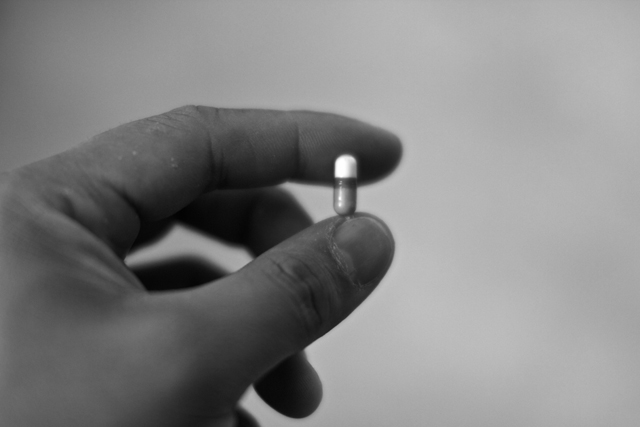“A pill to make you numb, a pill to make you dumb, a pill to make you anybody else””
– Marilyn Manson, “Coma White”
If you’ve ever watched two episodes of House M.D., you know the routine. The doctors are on a mad rush to get a diagnosis, throwing one treatment after another at the symptoms to see if it works. All tests have been inconclusive, all theories have been shot down, and the only thing that can save the day is the last minute epiphany of a brilliant and eccentric doctor. If you take away that last step you get a somewhat less interesting show where the patients always die, but also a much better metaphor for the psychiatric industry.
Let’s put on our diagnostic whiteboard the term “chemical imbalance”. What is the cause? Unknown. What are the physiological signs of a chemical imbalance? Since there is no control model for a chemically balanced brain, there are no physiological signs of an imbalance. What are the symptoms? Now we’re getting somewhere. If you suffer from periods of sadness (depression), happiness or agitation (mania), emotional numbness, confusion, extreme boredom, hyperactivity, inactivity, increased or reduced sex drive, sleeplessness, restlessness, oversleeping, lack of interest, changes in behavior, drug use, lack of stimulation, and/or procrastination, then you have just tested positive. What is the treatment? That’s the easy part. Simply start depositing your paychecks into the accounts of your doctor’s favorite pharmaceutical company and you are on your way to a life-long course of treatment that will make damn sure that you have a chemical tornado in your brain, whether you did in the first place or not.
This is an issue particularly personal to me, though I’m sure it’s not uncommon. I’m sure we’ve all known someone who’s gone on the anti-depressant rollercoaster, and most are still riding it. My mother is one of those people. Her first husband killed himself in front of my young eyes in August of 1983. Though the trauma of that experience never faded from her, she went on with her life. Sometimes it was too much and she would turn to drinking and drugs, or just sink into a depression that could last weeks. Even twenty years later, the occasional feelings of guilt and loss would be unbearable, but she maintained. She worked hard and took care of herself, and held fast to an independent spirit that brightened the air around her. Most of the year this was her, but every year around August she would feel that weight begin to crush her again.
One year, she finally decided to seek help, and what she found would destroy her. Being a typical lower-middle class woman, she couldn’t afford the best. A cheap clinic diagnosed her 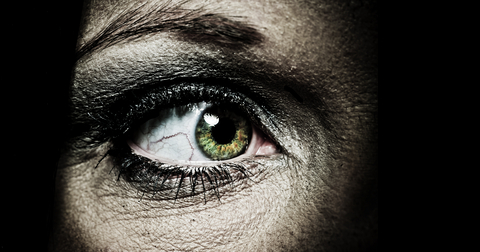 with bipolar disorder, which allowed her to draw social security and disability benefits that would help her see a doctor. The doctor confirmed the diagnosis and prescribed a drug that made her unable to get out of bed in the morning, but she was encouraged to stay on it until her body had fully adapted to it. When they finally let her switch, we learned our first lesson in withdrawal. Switching from the first drug (whose name I can’t remember) to Prozac was accompanied by violent mood swings and unpredictable behavior. She physically attacked several people unprovoked and couldn’t remember why. Then came Zoloft, Lithium, and a host of others. With them came blackout mania, dissociative fugue, and multiple suicide attempts. She was eventually living under my care and supervision as ordered by a judge, and the intelligent, vibrant, and headstrong woman I had looked up to as a child had long since transformed into a babbling, paranoid, and delusional stranger. The last time I talked to this person, she was living with a pedophile that had me baker-acted (sent to a mental institution) when I found him out and tried to separate them. Can you guess what I found out there? Apparently I’m bipolar as well.
with bipolar disorder, which allowed her to draw social security and disability benefits that would help her see a doctor. The doctor confirmed the diagnosis and prescribed a drug that made her unable to get out of bed in the morning, but she was encouraged to stay on it until her body had fully adapted to it. When they finally let her switch, we learned our first lesson in withdrawal. Switching from the first drug (whose name I can’t remember) to Prozac was accompanied by violent mood swings and unpredictable behavior. She physically attacked several people unprovoked and couldn’t remember why. Then came Zoloft, Lithium, and a host of others. With them came blackout mania, dissociative fugue, and multiple suicide attempts. She was eventually living under my care and supervision as ordered by a judge, and the intelligent, vibrant, and headstrong woman I had looked up to as a child had long since transformed into a babbling, paranoid, and delusional stranger. The last time I talked to this person, she was living with a pedophile that had me baker-acted (sent to a mental institution) when I found him out and tried to separate them. Can you guess what I found out there? Apparently I’m bipolar as well.
They never tested me, and it wouldn’t have mattered if they did. There are no tests that can prove the necessity of a psychiatric drug, because the drugs are designed to treat a purely theoretical cause of the disorder for which they are prescribed. No psychiatrist has ever ordered an MRI as part of their diagnostic routine. There is no blood work that can be done, no gene markers that can be identified, and no abnormalities in neurological structure (yet) that can be found to specifically identify bipolar, manic-depressive, or any other psychological disorders. We continue to treat them with drugs that are permanently addictive, mind-altering, and endangering.
They (the psychiatric industry) say that mental illness affects about twenty-five percent of the population, so the odds are that you know someone who is either being baited or already 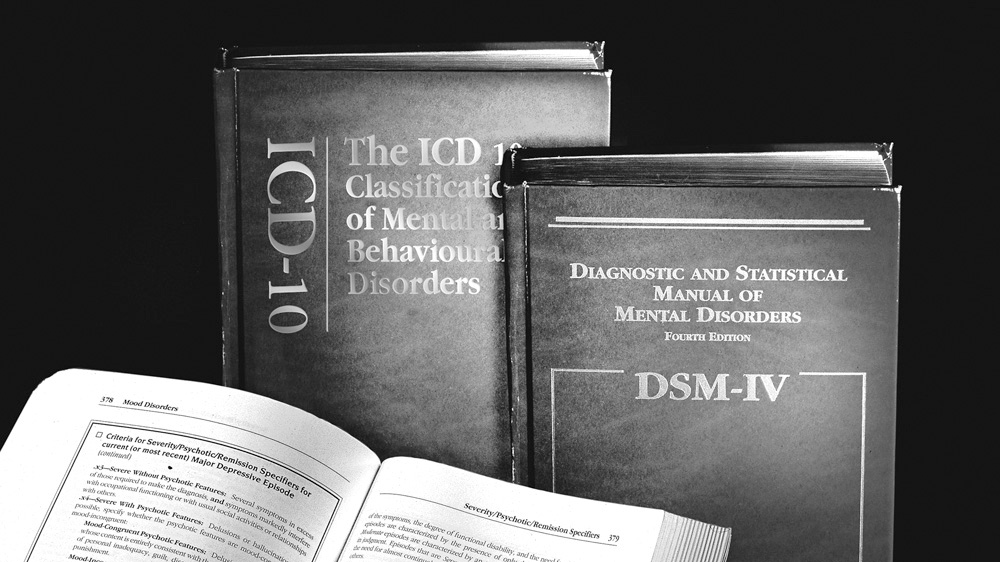 in the trap.The standard for diagnosis is The Diagnostic and Statistical Manual of Mental Disorders IV (available online at http://allpsych.com/disorders/dsm.html ). Spend some time browsing through this massive compilation of mental illness, and you will start to realize just how sick you apparently are. The category vaguely labeled “mood disorders” consists of across the board psychotropic drug treatment. In describing this category, the manual says “The disorders in this category include those where the primary symptom is a disturbance in mood. In other words: inappropriate, exaggerated, or limited range of feelings. Everybody gets down sometimes, and everybody experiences a sense of excitement and emotional pleasure. To be diagnosed with a mood disorder, your feelings must be to the extreme.” Fair enough, until you look at the most popular diagnosis for young and old, and my personal favorite, bipolar disorder:
in the trap.The standard for diagnosis is The Diagnostic and Statistical Manual of Mental Disorders IV (available online at http://allpsych.com/disorders/dsm.html ). Spend some time browsing through this massive compilation of mental illness, and you will start to realize just how sick you apparently are. The category vaguely labeled “mood disorders” consists of across the board psychotropic drug treatment. In describing this category, the manual says “The disorders in this category include those where the primary symptom is a disturbance in mood. In other words: inappropriate, exaggerated, or limited range of feelings. Everybody gets down sometimes, and everybody experiences a sense of excitement and emotional pleasure. To be diagnosed with a mood disorder, your feelings must be to the extreme.” Fair enough, until you look at the most popular diagnosis for young and old, and my personal favorite, bipolar disorder:
Under the DSM-IV definition of Bipolar 1 symptoms:
For a diagnosis of Bipolar I disorder, a person must have at least one manic episode” an intense high where the person feels euphoric, almost indestructible in areas such as personal finances, business dealings, or relationships. They may have an elevated self-esteem, be more talkative than usual, have flight of ideas, a reduced need for sleep, and be easily distracted” Depression is often experienced as the high quickly fades and as the consequences of their activities becomes apparent, the depressive episode can be exacerbated.
Sounds like the bipolar we all know and love. What about bipolar 2? It can only get worse, right?
Under the DSM-IV definition of Bipolar 2 symptoms:
Similar to Bipolar I Disorder, there are periods of highs as described above and often followed by periods of depression. Bipolar II Disorder, however, is different in that the highs are hypo manic, rather than manic. In other words, they have similar symptoms but they are not severe enough to cause marked impairment in social or occupational functioning and typically do not require hospitalization in order to assure the safety of the person.
Funny, it almost sounds like this person is moody, but that term wasn’t medical enough. Note that we still haven’t heard any physiological symptoms, as are required to identify as a 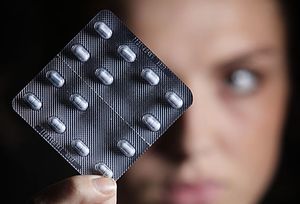 disease and/or determine the target of pharmaceutical treatment, but all that does is open the door to the pharmaceutical companies. If a diagnosis can be based on generic medical opinion and theory, the same goes for the treatment.
disease and/or determine the target of pharmaceutical treatment, but all that does is open the door to the pharmaceutical companies. If a diagnosis can be based on generic medical opinion and theory, the same goes for the treatment.
Under the DSM-IV definition of Bipolar (1 and 2) treatment:
Medication, such as Lithium, is typically prescribed for this disorder and is the corner stone of treatment.
By the way, just in case your moods don’t swing quite far enough for you to feel like Bipolar 2 is your particular brand of crazy, they’ve got an even more medical sounding term for you.
Under the DSM-IV definition of Cyclothymia symptoms:
Like Bipolar II Disorder, symptoms of cyclothymia include periods of hypomania (see above). Depressive symptoms are also present as the hypomania fades. These symptoms, however, do not meet the criteria for a major depressive episode, in other words, are not as severe as those found in Bipolar Disorder.
Prognosis: Prognosis is good when the proper combination of medication and therapy are received.
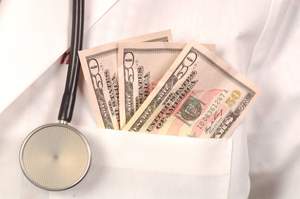 The next step down seems to be complete apathy, for which I’m sure there is an excellent prescribed treatment. The problem is that we have trusted psychiatrists and pharmaceutical companies to define what is abnormal without ever defining what is normal. It is an impossible standard to define. We as a society only allow it because we don’t want to accept that “normal” does not always equal comfortable. That is why more than six million children in America are medicated in the name of ADHD. Drugging your child so that they are easier to deal with cuts so much of the hassle out of parenting. Besides, it’s much nicer to believe your child is naturally focused and reserved, just a victim of an unfortunate illness, than to accept that hyperactivity and disorganized thought are the natural state of a child (unless we are to redefine the term “childish”).
The next step down seems to be complete apathy, for which I’m sure there is an excellent prescribed treatment. The problem is that we have trusted psychiatrists and pharmaceutical companies to define what is abnormal without ever defining what is normal. It is an impossible standard to define. We as a society only allow it because we don’t want to accept that “normal” does not always equal comfortable. That is why more than six million children in America are medicated in the name of ADHD. Drugging your child so that they are easier to deal with cuts so much of the hassle out of parenting. Besides, it’s much nicer to believe your child is naturally focused and reserved, just a victim of an unfortunate illness, than to accept that hyperactivity and disorganized thought are the natural state of a child (unless we are to redefine the term “childish”).
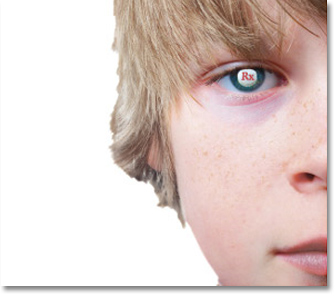 Sometimes we have to deal with the annoyance, whatever it may be, because it is part of life. A screaming, hyperactive kid is hard to deal with. Sadness can seem impossible to overcome. Emotion, pain, and even life as a whole can be a great burden to bear. It is part of the human experience, and sometimes it sucks. That doesn’t make you abnormal. Sometimes you can’t think straight. Sometimes you can’t make any sense of anything and you don’t know what to do. Sometimes there really may be something wrong. That doesn’t mean that there is a pill to fix it. The best treatment for mental disorder is to find someone to talk to, be it a friend, family member, or a professional therapist. There are good doctors out there who don’t buy their prescription pads in bulk. If your doctor can’t show you the hard evidence of what they are medicating, refuse the medication. Any other field of medicine will easily pass this test. No oncologist would prescribe chemotherapy for troubled breathing, he’ll check your lungs for a tumor. A doctor doesn’t put your leg in a cast because it hurts, he does it to set a broken bone. This is because chemo can kill you, and an unnecessary cast both incurs a wasteful expense and masks the potentially serious cause of the leg pain. Why, then, do we allow psychiatrists alone to prescribe dangerous drugs for ambiguous symptoms with an unknown cause, throwing unprovable medicine at theoretical conditions? I’m not against the medical industry, prescribed medicine, or even psychiatry as a whole.
Sometimes we have to deal with the annoyance, whatever it may be, because it is part of life. A screaming, hyperactive kid is hard to deal with. Sadness can seem impossible to overcome. Emotion, pain, and even life as a whole can be a great burden to bear. It is part of the human experience, and sometimes it sucks. That doesn’t make you abnormal. Sometimes you can’t think straight. Sometimes you can’t make any sense of anything and you don’t know what to do. Sometimes there really may be something wrong. That doesn’t mean that there is a pill to fix it. The best treatment for mental disorder is to find someone to talk to, be it a friend, family member, or a professional therapist. There are good doctors out there who don’t buy their prescription pads in bulk. If your doctor can’t show you the hard evidence of what they are medicating, refuse the medication. Any other field of medicine will easily pass this test. No oncologist would prescribe chemotherapy for troubled breathing, he’ll check your lungs for a tumor. A doctor doesn’t put your leg in a cast because it hurts, he does it to set a broken bone. This is because chemo can kill you, and an unnecessary cast both incurs a wasteful expense and masks the potentially serious cause of the leg pain. Why, then, do we allow psychiatrists alone to prescribe dangerous drugs for ambiguous symptoms with an unknown cause, throwing unprovable medicine at theoretical conditions? I’m not against the medical industry, prescribed medicine, or even psychiatry as a whole.
I just don’t believe in hammering at invisible nails. Then again, I’m a little crazy.
http://www.opednews.com/articles/Mad-World-by-Damien-Qui-110417-174.html


